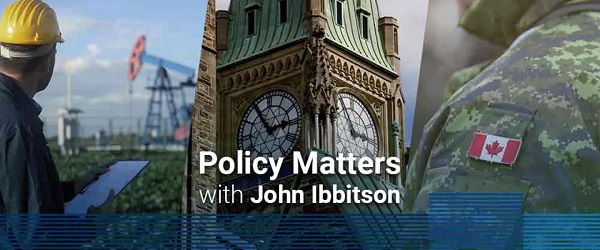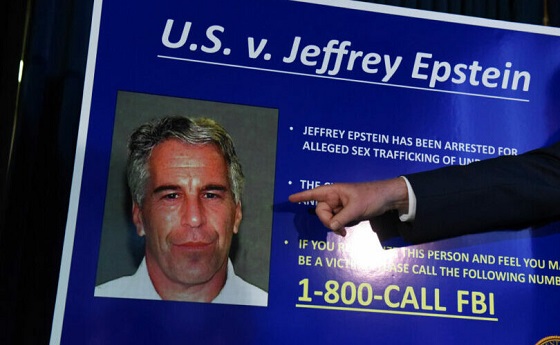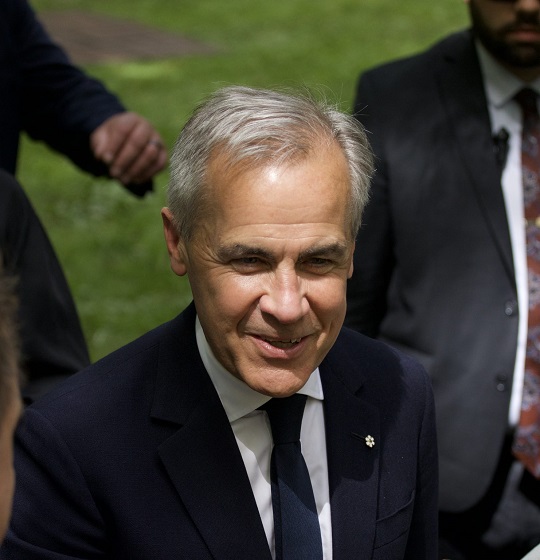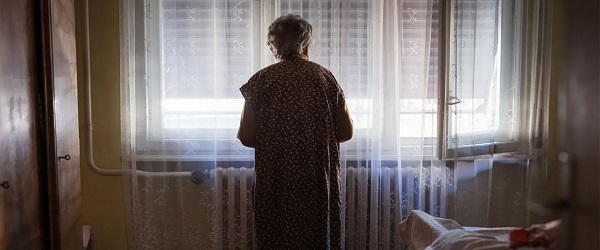Alberta
LISTEN: My date with self-isolation amid the Covid 19 scare – J’Lyn Nye Interview

I was happy to join J’Lyn Nye today on 630 CHED to discuss this. Here is a link to the interview.
It’s funny how these things go. I don’t buy lottery tickets so it’s only fitting that I would be one of the 4.5 million Albertans who may have come into contact with one of Alberta’s seven confirmed cases of Covid 19 (Coronavirus Disease). You can do the math if you’re an oddsmaker.
It started with a phone call late yesterday afternoon from a nurse in the contagious disease unit at AHS. She informed me that a person who had tested positive for the virus had been at a place of business in Leduc at the same time I had been there for an appointment.
After asking a number of questions about how I was feeling, she told me that they’d like me to “self-isolate” for 14 days. During that time, I should take my temperature twice a day and if I develop any symptoms, to call and they’d arrange for a test. There really is no treatment at this point as a vaccine is yet to be developed and will likely be another 12-18 months away from widespread use.
So here I sit. Do I self-isolate? Do I go about my business? I’m a healthy guy. I’ve only had the flu once in my lifetime that I can remember, so what are the chances that I might test positive for this? Again, I’m not an oddsmaker, and certainly not a doctor. In fact, it’s not like the flu at all so that’s a useless comparison. The chances are probably slim. So I look at my calendar. Reality is that I’m lucky. I operate a digital media platform and literally 100% of my work can be done online if needed. I work from home 80% of the time, leaving the house for various business appointments and social events. Luckily my calendar is light with nothing that can’t be moved or dealt with online.
There is one niggly thing though. A recording session this coming Sunday with a band I sometimes play guitar with in Central Alberta. By Sunday, I should be virtually good to go, that being day 12 after my potential contact. It took a lot of schedule bashing to pull everyone together to do this session. Maybe I should just risk it and not tell anyone. And then I think about that … none of my bandmates are getting any younger, in fact, if I’m facing reality, we’re probably all in that age sweet spot where we’re most-susceptible.
Ok, decision made. Postpone the session. Schedule is now clear except for a couple of sundry tasks that can be accomplished with limited help from some friends.
But … then I think about if I worked at a job where I don’t get paid unless I show up to work. Maybe I’m a contractor. Maybe I have a family and am the sole income earner, or I’m a single parent working two part time jobs. I’m not sure I would make the same decision. I mean, seriously, I feel fine. Not even a sniffle. Would I stay home? Or go make some money to pay my monthend bills? I’m happy I don’t have to make that decision.
“… Another thing I’ve thought quite a bit about is toilet paper…”
I’ve now had 18 hours to process all of this and think it through. I must admit, I’ve never really thought that much about how a disease spreads, other than notionally knowing it happens through various forms of contact, and I think is more prone to spread in certain environments; heavily populated, warm, humid conditions, etc. A scientist I am not.
My date with self-isolation has given me a very real opportunity to reflect on my own travels and interactions since having potentially being exposed to the virus eight days ago. With this newfound time in my schedule, I’ve had a chance to think this through. Since yesterday afternoon, I’ve taken myself out of circulation. I have eliminated my risk to others. With luck I won’t test positive, and everyone in my circle will be spared from self-isolation. I will pull out a guitar and work on the material for the session we postponed. Overall, I’m starting to feel pretty good about my decision.
“…I wonder, can our system possibly get on top of this? It feels like a hopeless task, yet we have to try, right?…”
But what if, just what if, I become Positive Confirmation #8 in the province? Suddenly, everyone I’ve been around since March 3rd becomes of interest. Is Arnie at risk? I attended the Power of Success show last Thursday in Edmonton with Arnold Schwarzenegger and Friends. Lucky for them I couldn’t afford the Platinum ticket that would have given me the opportunity shake Arnie’s hand and get my picture taken with the man himself. I’d certainly have been within 2 meters, and I know we would have had a proper and firm handshake.
“…There will no doubt be businesses that close as a result of this- some for good…”
Oh. Something else … the long-term care home I where I visited my Dad and his wife this past Sunday? That could get messy, considering I also spent time with his doctor, one of the few in the area.
Or the auto repair shop I limped my sick car to yesterday morning after taking out both rims on the right side Sunday when I tangled with one of the ridiculously large and dangerous potholes at 110 kph on Highway 43. (That’s a whole other rant!)
The list goes on. As I think of the permutations and potential for chaos, it’s sobering. How quickly this can spread here is yet to be seen. It doesn’t spread through the air like measles, but it does spread through contact, or droplets generated by a sneeze or cough, and can live on surfaces we touch. Washing hands and cleaning surfaces is critical to helping stop the spread, and that’s just basic common sense anyway.
“However, it can spread person to person by larger droplets, like from a cough or sneeze, or by touching contaminated objects, then touching your eyes, nose or mouth,” says Dr. Deena Hinshaw, Alberta’s chief medical officer of health.
I wonder, can our system possibly get on top of this? It feels like a hopeless task, yet we have to try, right? Maybe geting on top of it isn’t possible. But can we slow the spread with a precaution like I’m being asked to take? Yes we can. But what else has to happen if we’re to make the mitigation effort as effective as possible?
There will no doubt be businesses that close as a result of this- some for good. Think about it. If I go for a coffee everyday at my favourite coffee shop, but because my employer has asked us all to work from home, that coffee shop owner is going to miss out on my $3 bucks a day. And let’s say that happens for 2 weeks. That’s ten cups of coffee, or $30 dollars. I’m not going to go in on the first day back and buy ten cups of coffee. No, I’ll buy one. That money is lost. Multiply that by 100 customers a day and the numbers can add up to a point where many small businesses can’t survive.
There needs to be programs to help them recover. Maybe there are already. What about for the wage earner who has to take time off work to self isolate and make the community safer for everyone else. Is there a program to help them reover their lost wages? How long will that take to put money back in their wallets should they make the sacrifice for the safety of the community? If we’re serious about mitigation, we will need to really think about how to deal with the downstream consequences.
This isn’t survival of the fittest. We need those employers and their employees to get through this and be there when this passes, or we’ll be in even worse shape.
Another thing I’ve thought quite a bit about is toilet paper.
Although this is a new virus and research is only starting to be evaluated, it appears to affect respiratory function more so than gastronomic function, though again, it’s pretty early to know for sure. But best I can tell, there is no way that I need to have a year’s supply of toilet paper on hand. I can see having more than normal, just in case things get out of hand. But to be hoarding it for some weird survivalistic reason, especially against a backdrop of short-term supply shortages exacerbated by recent rail blockages seems … well, just completely irrational to me. Settle down, there’s more coming! And hey, if you’re sick enough to go through that much toilet paper, there may be even more wrong with you and you’ll probably be in a hospital. Show a little kindness for the butts of your neighbours. Like that old joke “…Dick’s a hoarder. Don’t be a Dick…”
Seriously, take a moment and give this a bit of thought. This can change pretty fast, like it did for me. A phone call. And then you don’t go out again for up to 14 days. So think in terms of a 3 week supply of things you’ll need. If you’re alone and have nobody to help you, then you’ll need to be even more diligent in planning.
I’ll let you know how it goes. Hopefully I’ll see you in a couple of weeks!
Here is a link with helpful tips that will help you make an appropriate plan.
From the Government of Canada:
If COVID-19 becomes common in your community, you will want to have thought about how to change your behaviours and routines to reduce the risk of infection.
Your plan should include how you can change your regular habits to reduce your exposure to crowded places. For example, you may:
- do your grocery shopping at off-peak hours
- commute by public transit outside of the busy rush hour
- opt to exercise outdoors instead of in an indoor fitness class
Your plan should also include what you will do if you become sick. If you are a caregiver of children or other dependents, you will want to have thought ahead to engage backup caregivers.
You should also think about what you will do if a member of your family becomes sick and needs care. Talk to your employer about working from home if you are needed to care for a family member at home. If you, yourself, become ill, stay home until you are no longer showing symptoms. Employers should not require a sick leave note as that will put added pressure on limited health care services.
Your plan should include shopping for supplies that you should have on hand at all times. This will ensure you do not need to leave your home while you are sick or busy caring for an ill family member.
Your plan should build on the kits you have prepared for other potential emergencies. For more information on how to prepare yourself and your family in the event of an emergency, please visit getprepared.ca.
Read more on Todayville Edmonton.
This article was originally published on March 10th, 2020.
Alberta
Alberta Next: Taxation
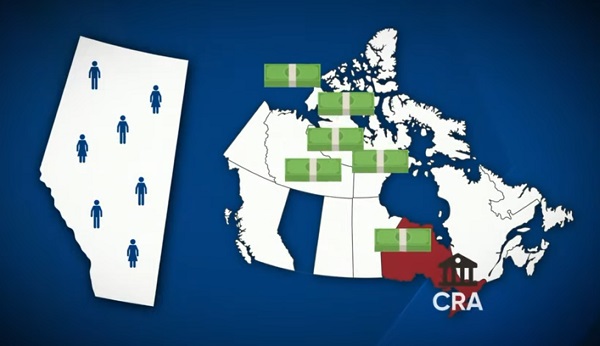
A new video from the Alberta Next panel looks at whether Alberta should stop relying on Ottawa to collect our provincial income taxes. Quebec already does it, and Alberta already collects corporate taxes directly. Doing the same for personal income taxes could mean better tax policy, thousands of new jobs, and less federal interference. But it would take time, cost money, and require building new systems from the ground up.
Alberta
Cross-Canada NGL corridor will stretch from B.C. to Ontario
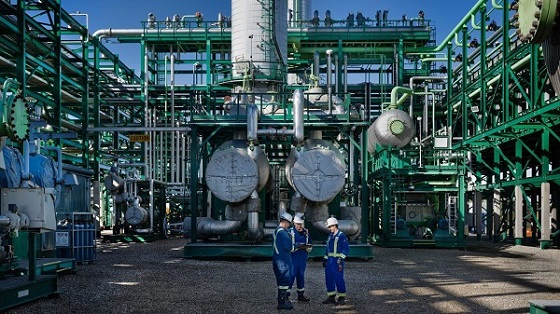
Keyera Corp.’s natural gas liquids facilities in Fort Saskatchewan. Photo courtesy Keyera Corp.
From the Canadian Energy Centre
By Will Gibson
Keyera ‘Canadianizes’ natural gas liquids with $5.15 billion acquisition
Sarnia, Ont., which sits on the southern tip of Lake Huron and peers across the St. Clair River to Michigan, is a crucial energy hub for much of the eastern half of Canada and parts of the United States.
With more than 60 industrial facilities including refineries and chemical plants that produce everything from petroleum, resins, synthetic rubber, plastics, lubricants, paint, cosmetics and food additives in the southwestern Ontario city, Mayor Mike Bradley admits the ongoing dialogue about tariffs with Canada’s southern neighbour hits close to home.
So Bradley welcomed the announcement that Calgary-based Keyera Corp. will acquire the majority of Plains American Pipelines LLP’s Canadian natural gas liquids (NGL) business, creating a cross-Canada NGL corridor that includes a storage hub in Sarnia.
“As a border city, we’ve been on the frontline of the tariff wars, so we support anything that helps enhance Canadian sovereignty and jobs,” says the long-time mayor, who was first elected in 1988.
The assets in Sarnia are a key piece of the $5.15 billion transaction, which will connect natural gas liquids from the growing Montney and Duvernay plays in B.C. and Alberta to markets in central Canada and the eastern U.S. seaboard.
NGLs are hydrocarbons found within natural gas streams including ethane, propane and pentanes. They are important energy sources and used to produce a wide range of everyday items, from plastics and clothing to fuels.
Keyera CEO Dean Setoguchi cast the proposed acquisition as an act of repatriation.
“This transaction brings key NGL infrastructure under Canadian ownership, enhancing domestic energy capabilities and reinforcing Canada’s economic resilience by keeping value and decision-making closer to home,” Setoguchi told analysts in a June 17 call.
“Plains’ portfolio forms a fully integrated cross Canada NGL system connecting Western Canada supply to key demand centres across the Prairie provinces, Ontario and eastern U.S.,” he said.
“The system includes strategic hubs like Empress, Fort Saskatchewan and Sarnia – which provide a reliable source of Canadian NGL supply to extensive fractionation, storage, pipeline and logistics infrastructure.”
Martin King, RBN Energy’s managing director of North America Energy Market Analysis, sees Keyera’s ability to “Canadianize” its NGL infrastructure as improving the company’s growth prospects.
“It allows them to tap into the Duvernay and Montney, which are the fastest growing NGL plays in North America and gives them some key assets throughout the country,” said the Calgary-based analyst.
“The crown assets are probably the straddle plants in Empress, which help strip out the butane, ethane and other liquids for condensate. It also positions them well to serve the eastern half of the country.”
And that’s something welcomed in Sarnia.
“Having a Canadian source for natural gas would be our preference so we see Keyera’s acquisition as strengthening our region as an energy hub,” Bradley said.
“We are optimistic this will be good for our region in the long run.”
The acquisition is expected to close in the first quarter of 2026, pending regulatory approvals.
Meanwhile, the governments of Ontario and Alberta are joining forces to strengthen the economies of both regions, and the country, by advancing major infrastructure projects including pipelines, ports and rail.
A joint feasibility study is expected this year on how to move major private sector-led investments forward.
-
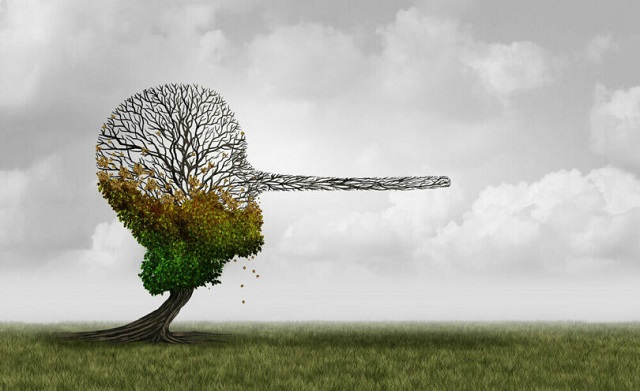
 Uncategorized13 hours ago
Uncategorized13 hours agoCNN’s Shock Climate Polling Data Reinforces Trump’s Energy Agenda
-

 Business2 days ago
Business2 days ago103 Conflicts and Counting Unprecedented Ethics Web of Prime Minister Mark Carney
-
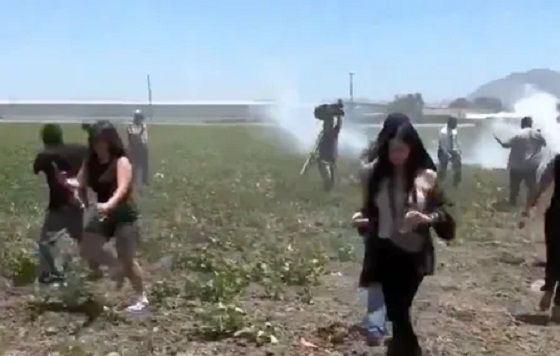
 illegal immigration1 day ago
illegal immigration1 day agoICE raids California pot farm, uncovers illegal aliens and child labor
-
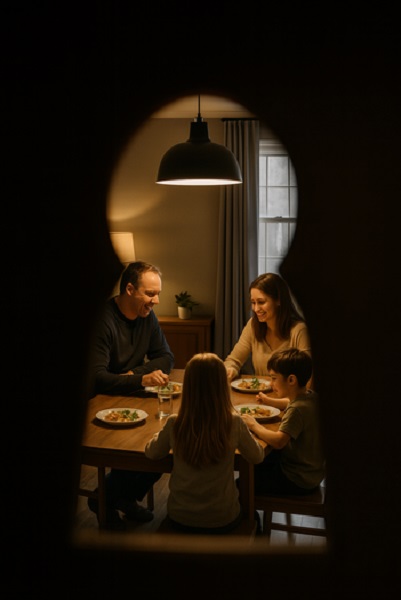
 Frontier Centre for Public Policy13 hours ago
Frontier Centre for Public Policy13 hours agoCanada’s New Border Bill Spies On You, Not The Bad Guys
-

 Opinion5 hours ago
Opinion5 hours agoPreston Manning: Three Wise Men from the East, Again
-
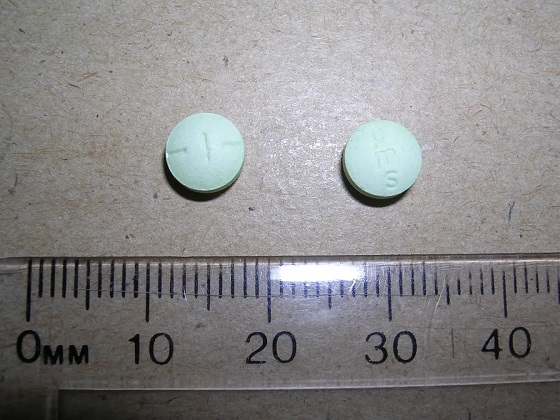
 Addictions5 hours ago
Addictions5 hours agoWhy B.C.’s new witnessed dosing guidelines are built to fail
-

 Business3 hours ago
Business3 hours agoCarney Liberals quietly award Pfizer, Moderna nearly $400 million for new COVID shot contracts
-
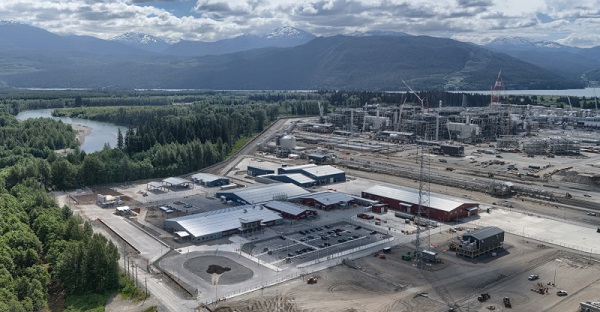
 Energy1 day ago
Energy1 day agoLNG Export Marks Beginning Of Canadian Energy Independence


